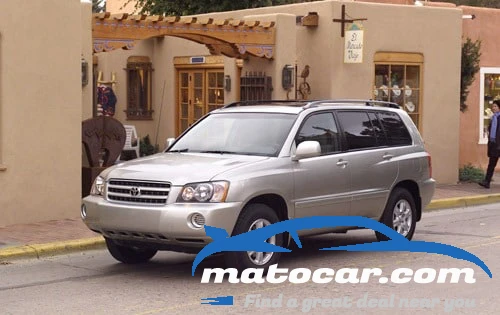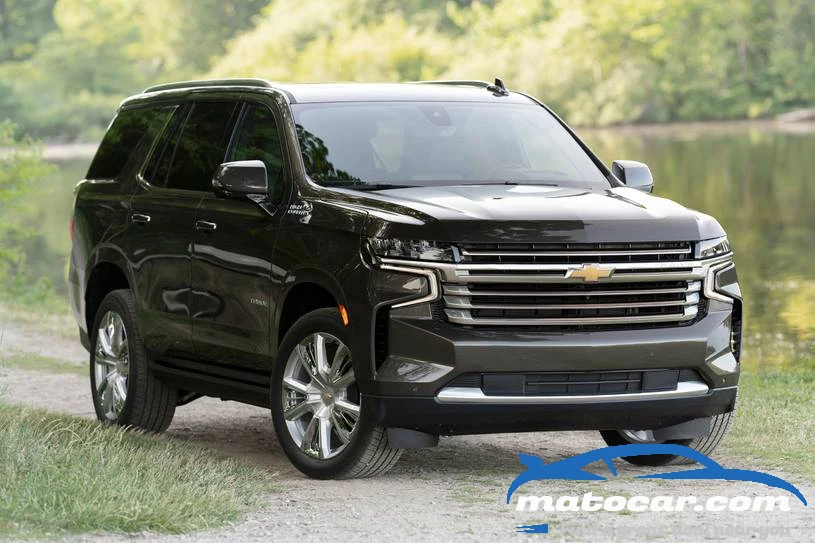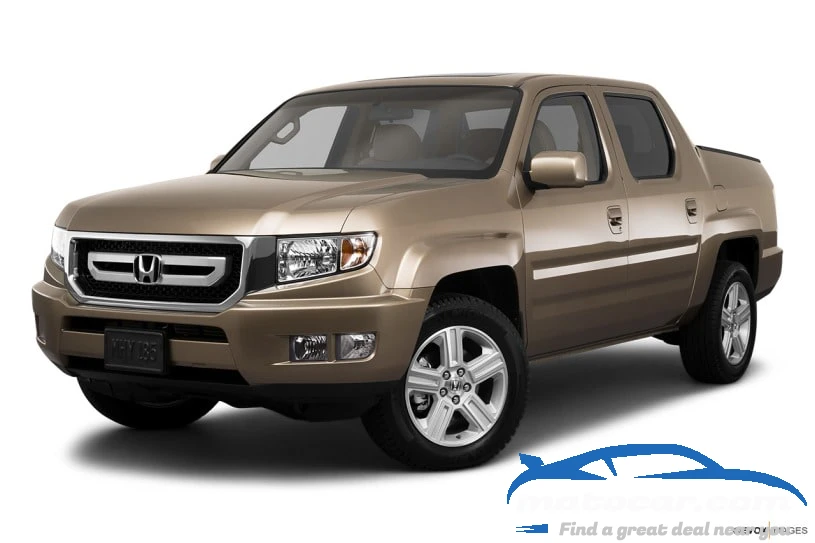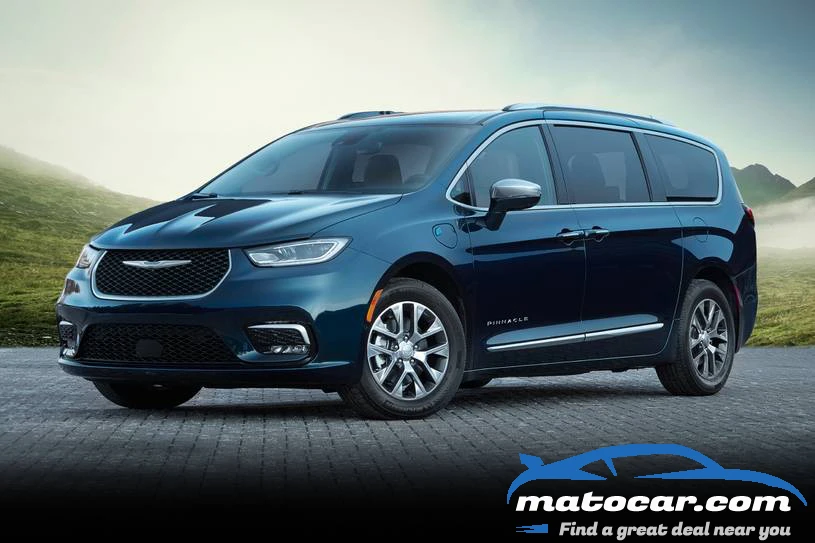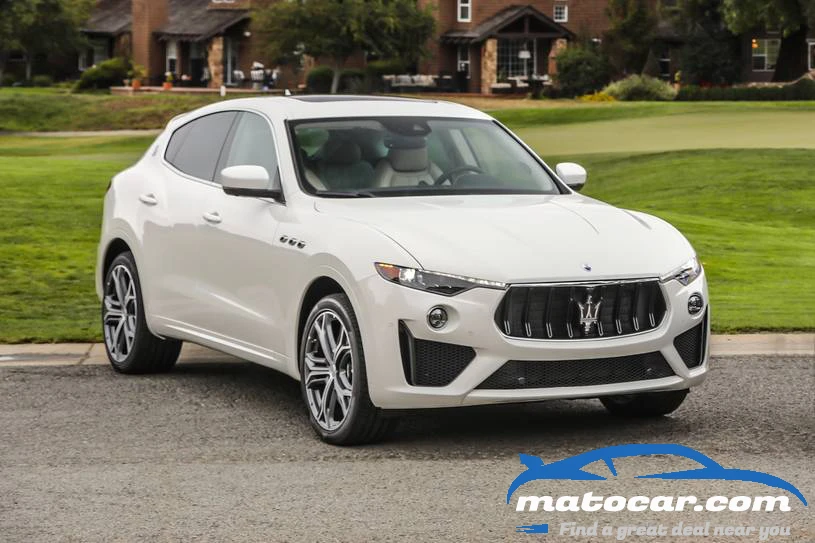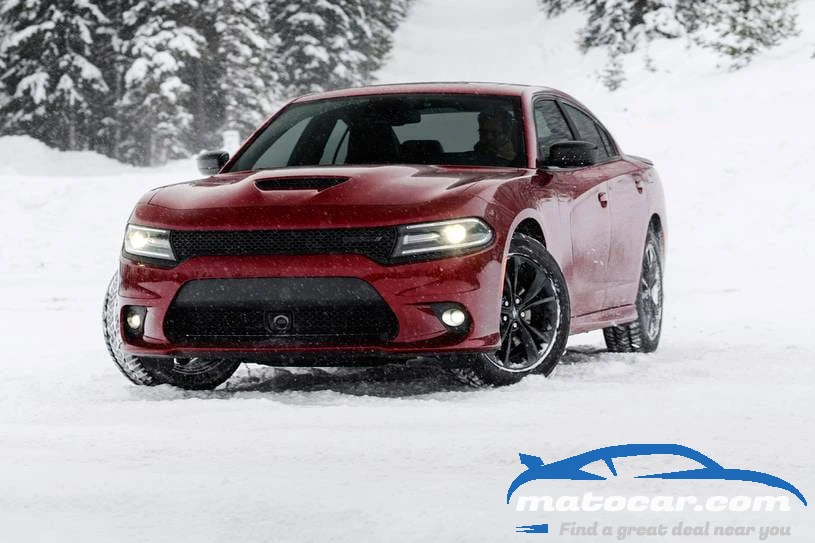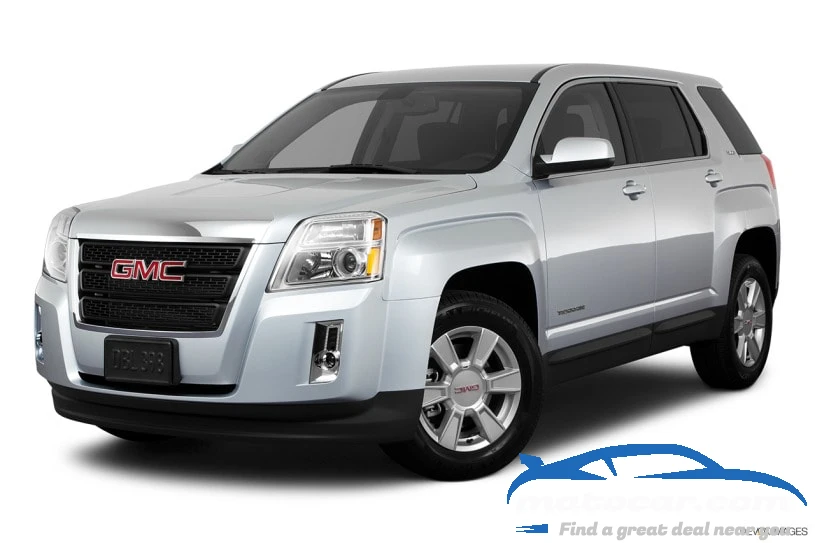Toyota Highlander 2002 Review Prices , and Pictures
10.0/10
Based on 1 reviewsMSRP range: $2,017 - $3,902
- Roomy interior, car-like ride and handling, spunky V6 engine.
- Rear seat is uncomfortably low, no third-row seat, limited towing and off-road abilities.
An oversized Camry wagon that went equipment- and clothes-shopping at REI. It's not a real SUV, but it's a really nice SUV pretender.
Vehicle overview
Based on the same platform as the Lexus RX 300, which itself is based on modified Toyota Camry mechanicals, the Highlander represents an optimum blend of three utilitarian types of vehicles: the station wagon, the minivan and the sport-utility vehicle.
Longer, taller and wider where the wheels meet the pavement than the Lexus, the Highlander could almost fool you into thinking you were driving a family sedan. Riding on a fully independent suspension, this SUV exhibits none of the tippiness that we've experienced in other sport-utes.
There are two engine choices: a standard 2.4-liter four-cylinder or a 3.0-liter V6. The four-cylinder makes 155 horsepower and 163 pound-feet of torque, while the smooth V6 puts out 220 ponies and 222 lb-ft of twist. A four-speed automatic transmission is the only one offered, and it provides a "snow mode" for easy starts on slippery surfaces. Tow ratings are on the light side, the maximum being 3,500 pounds with a properly equipped V6 model.
The Highlander comes in both two-wheel- and four-wheel-drive configurations. Similar to the RAV4's and Lexus RX 300's, the 4WD system applies a 50/50 torque split between the front and rear wheels on a full-time basis. In the event of tire slippage, torque is automatically applied to whichever wheel needs traction. Rather than serving serious off-road duty, the system is intended to prove useful in foul weather, as it helps the tires to maintain grip even on rain-slicked and snow-coated roads.
Additional safety comes from standard antilock brakes equipped with electronic brake force distribution (EBD) and brake assist (which maximizes braking power during a panic stop). Toyota also offers Vehicle Skid Control (VSC). This system, which includes traction control, is designed to recognize when the Highlander isn't responding to the driver's steering inputs. VSC will then apply selective braking to bring the vehicle back under control.
Toyota also equips the Highlander with whiplash injury lessening (WIL) front seats, five three-point seatbelts equipped with automatic and emergency locking retractors (ALR/ELR), front seatbelts with pre-tensioners and force limiters and ISO-FIX child seat anchors. Daytime running lights and side airbags are optional.
Inside, Highlander delivers 38.5 cubic feet of cargo space with the rear 60/40 split folding seat in use, and a whopping 81.4 cubes when it's folded. Passenger accommodations are roomy, with a high ceiling and decent legroom for all passengers. However, the rear seats should be placed higher for better thigh support, and the Highlander does not offer a third-row seat like many other mid-side SUVs do.
It does get air conditioning, CD/cassette combo stereo with six speakers, cruise control, tilt steering wheel, bottle holders and grocery bag hooks as standard. Opting for Limited trim gives you JBL sound, automatic climate control, remote keyless entry, woodgrain interior trim, alloy wheels with full-size spare, foglights, privacy glass and other upgraded features. Leather upholstery is available on V6 models.
On the whole, we have found the Highlander to be an extraordinarily competent station wagon/sport-utility crossover. Offering a silken ride, light-duty off-road capability, luxury content and all-weather security, this Toyota is just about everything a suburban family could ask for.
2002 Highlights
Toyota's car-based Highlander SUV receives no changes this year.Rate the car
You may also like
0 Comments

